Millet: Life on the Land at the National Gallery
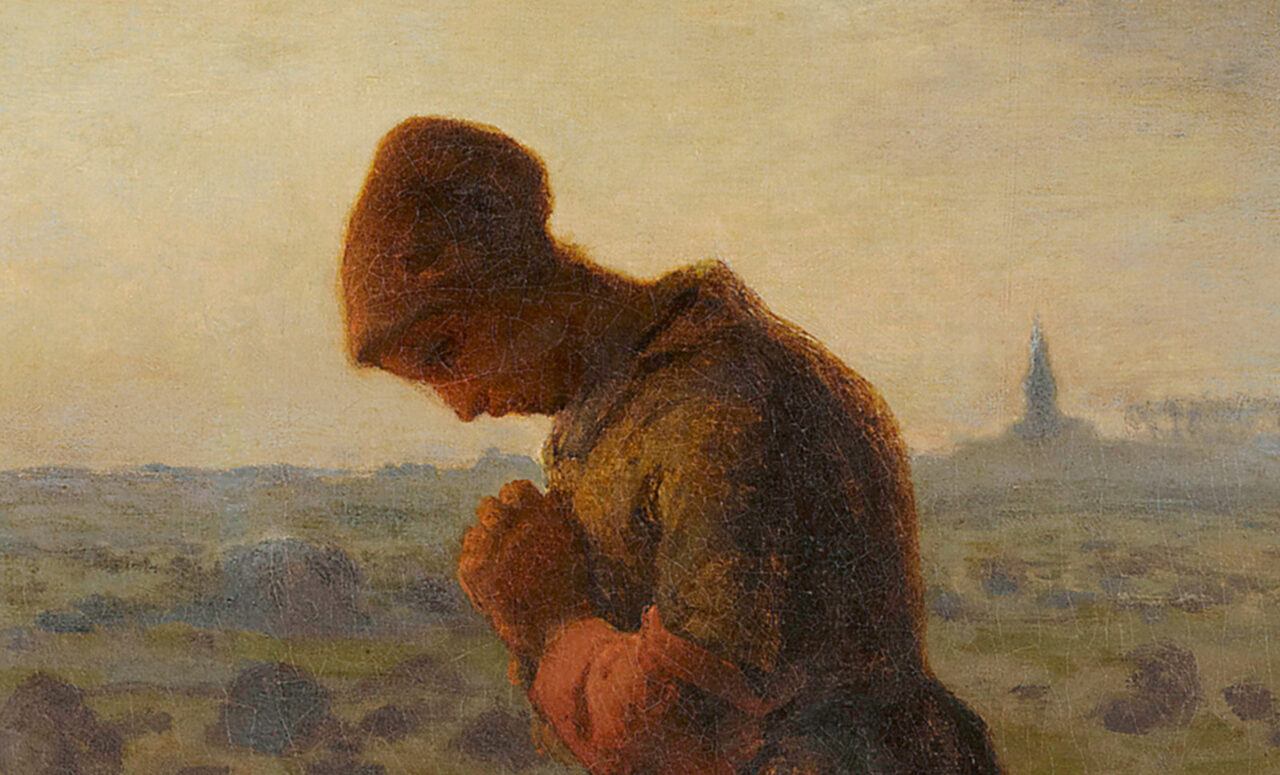
There’s something comforting about a small exhibition. Those sprawling, seemingly endless shows can feel daunting, compelling visitors to adopt the hurried pace of supermarket shoppers. This writer prefers intimate shows, limited to a thoughtful handful of works, each inviting deliberate contemplation. So it was particularly gratifying to visit the National Gallery’s recent presentation dedicated to Jean-François Millet, the 19th-century French painter. Titled Millet: Life on the Land, the exhibit marks the 150th anniversary of the artist’s death with a selection of approximately 15 paintings and drawings. Notably, it is the first dedicated Millet exhibition in the United Kingdom in nearly half a century.
Millet is best known for his depictions of French farm workers, woodcutters and agricultural communities. His works vividly capture the stark realities faced by rural labourers, investing them with dignity, artistic sophistication and a quiet reverence. Millet, who himself grew up among Normandy farmers, intimately understood a way of life that had scarcely changed in centuries. Eventually settling in Barbizon, a village some 40 miles south of Paris at the edge of Fontainebleau Forest, he found his artistic calling in these reflective yet powerfully evocative rural scenes, later inspiring generations of artists.
A remarkable timelessness characterises his paintings. Though clothing and landscapes have inevitably evolved, the essence of agricultural labour – the physical struggle and the dignity of toil – remains constant. The Sower (1847-8), for instance, powerfully portrays a lone figure transforming an ordinary act of farming into a commanding, almost heroic gesture, set against stormy skies and opportunistic birds trailing behind to seize fallen seeds. Or his The Wood Sawyers (1850-2) equally captures the extraordinary exertion required in rural labour, with robust brushstrokes conveying the physicality of two men straining at either end of a saw through an imposing tree trunk. Yet, it’s not all about strength and endurance. The beauty lies equally in the faces of Millet’s subjects – marked by exhaustion, contemplation and wonder. In The Goose Girl at Gruchy (1854-56), a young girl appears against a lush countryside, her face filled with weariness as she rests her head upon folded hands. These images distil an immense persistence. They have this charm that is tender and heartbreaking, enticing the viewer to linger, endlessly curious. Who are these people? Did Millet know them personally? And what silent stories lie behind their gazes?
The exhibition prominently features Millet’s most iconic painting, The Angelus (1859), an image repeatedly co-opted into popular culture, gracing everything from cigarette packets and teapots to camembert cheese packaging. The painting depicts two rural labourers pausing in their potato harvest, heads bowed in response to the distant tolling of church bells signalling the Angelus prayer. Millet once suggested that viewing the painting should evoke the gentle resonance of those bells. Indeed, the scene is profoundly hypnotic, rendered in a palette of soft browns, muted greys, and deep pinks, the atmosphere so evocative it inspired countless reproductions, including Salvador Dalí’s interpretation of the scene as mourning parents. Whether perceived as an expression of faith, endurance, or the victory of the divine over the earthly, The Angelus remains profoundly affecting.
The whole show, rich and concise, is genuinely delightful. For those unfamiliar with Millet beyond The Angelus, the gallery offers several equally exquisite masterpieces, each resonating with quiet charm and mastery. The relevance of Millet’s work extends well beyond this commemorative year, serving as a poignant reminder of the dignity inherent in agricultural labour and the enduring human effort required to wrest sustenance from the earth. Run, do not walk, to see it.
Constance Ayrton
Image: Courtesy of the National Gallery
Millet: Life on the Land is at the National Gallery from 7th August until 19th October 2025. For further information or to book, visit the exhibition’s website here.

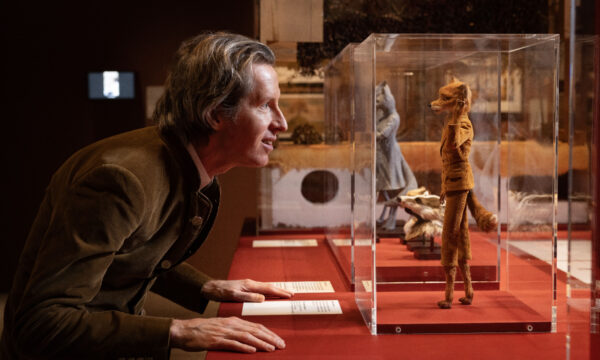
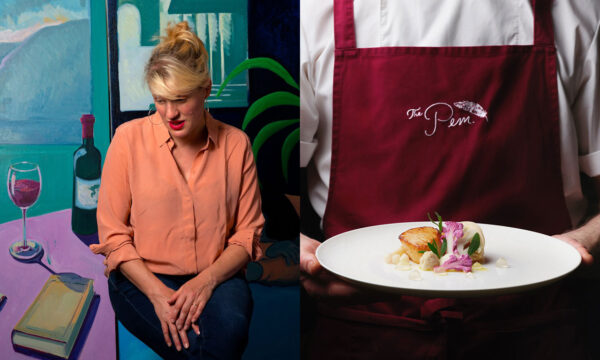

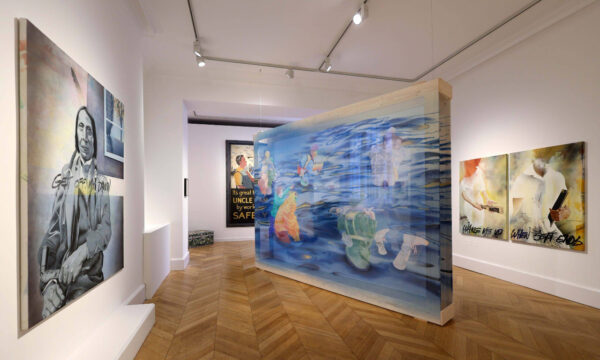
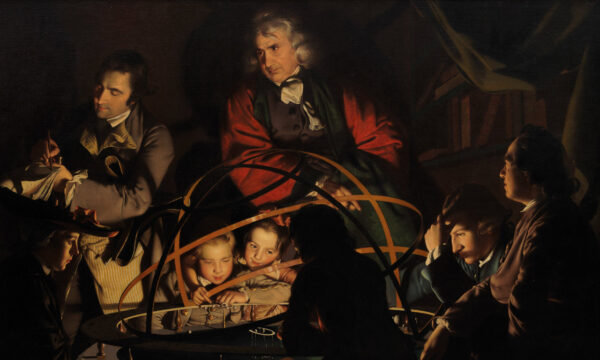
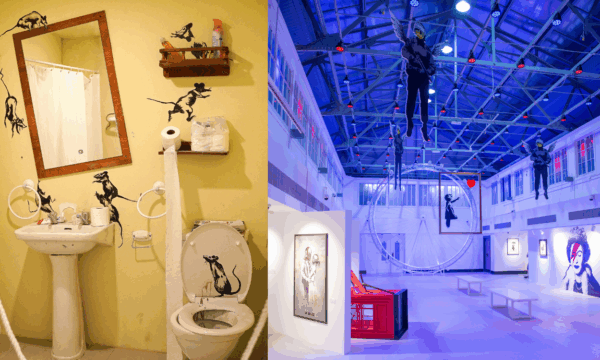

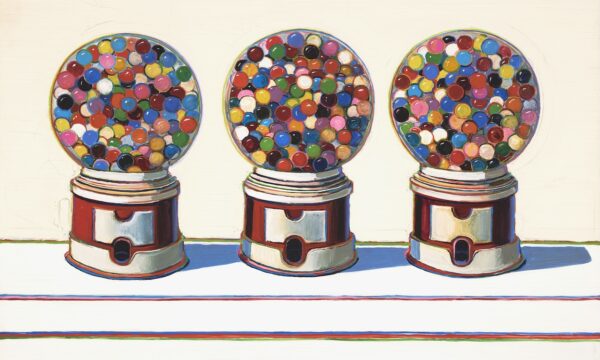
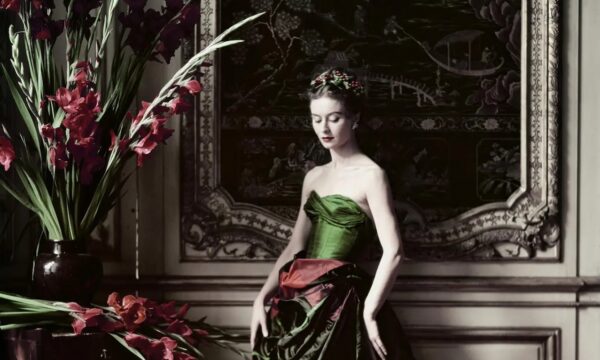















Facebook
Twitter
Instagram
YouTube
RSS